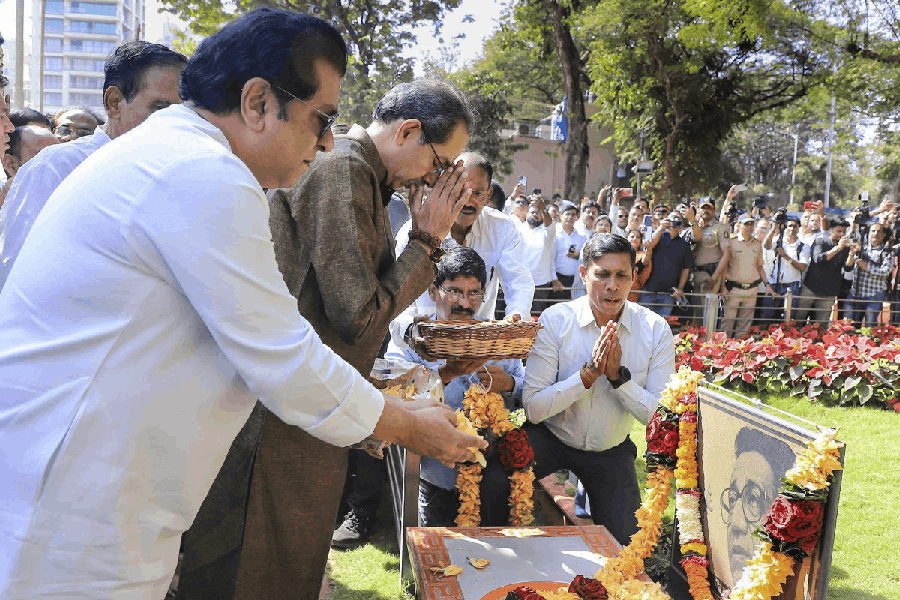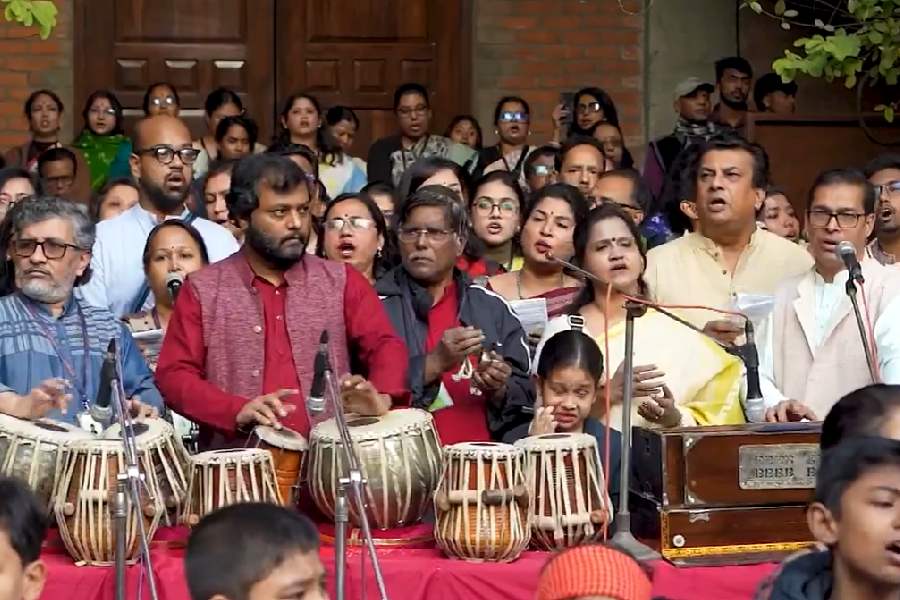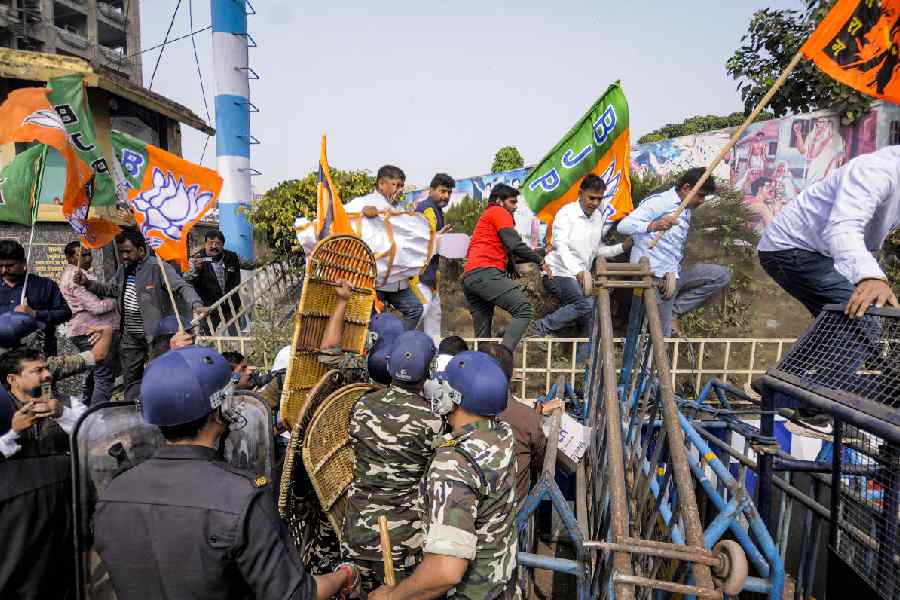India has 18,855 ventilators dedicated for coronavirus disease patients, the Union health ministry said on Friday, updating figures on the country’s preparedness, but doctors cautioned that infection patterns might require geographic shuffling of machines and people.
The ministry, in a presentation to a group of ministers (GoM) shepherding the preparedness responses, said the infrastructure for Covid-19 had expanded and now included 919 hospitals and 2,036 health centres with around 277,400 beds for severe cases, 29,701 intensive care beds and 18,855 ventilators.
This is an over 50 per cent increase in ventilator capacity from 12,000 machines ready on April 23.
Critical care medicine specialists said this number was sufficient for India’s current Covid-19 counts but there might be need for redistributing the machines and adding more in the coming weeks.
The health ministry had said earlier this week that only 2.75 per cent (1,265) patients among around 46,000 active cases were in ICUs and 0.37 per cent (170) patients were on ventilators.
But health minister Harsh Vardhan, who chaired the meeting, pointed out the need for authorities and healthcare institutions to address issues relating to high case loads amid what physicians view as large clusters of cases emerging in geographic pockets.
Health authorities detected 3,967 new Covid-19 patients on Friday, raising the number of confirmed cases overnight to 81,970, of whom 51,401 are under observation or treatment in hospitals and 2,649 have died. The others have recovered.
But the infections are clustered, with five states accounting for 78 per cent of the active patients in hospitals — Maharashtra (20,446), Tamil Nadu (7,365), Delhi (5,310), Gujarat (5,252) and Madhya Pradesh (2,018).
“Even before the coronavirus turned up, our ventilators were not distributed uniformly,” said Deepak Govil, president-elect of the Indian Society for Critical Care Medicine and director of critical care at Medanta, a private hospital in Gurgaon.
“Many dedicated Covid hospitals are filling up ICU beds very fast.”
Members of the ISCCM believe large clusters of cases, patients’ preferences for specific hospitals and the difficulties in moving Covid-19 patients from one locality to another amid lockdown restrictions are all likely contributing to high case loads in specific areas.
“This results in maldistribution of patients. In India, it will be hard to redistribute patients. In the coming weeks, there may be need to redistribute ventilators and medical staff into underserved areas where case loads build up,” Govil said.
Infectious disease specialists and epidemiologists expect the numbers of new infections to continue rising in the coming weeks. Some researchers analysing the epidemic curve have predicted that the number of active patients in India could approach 80,000 by May 20.










